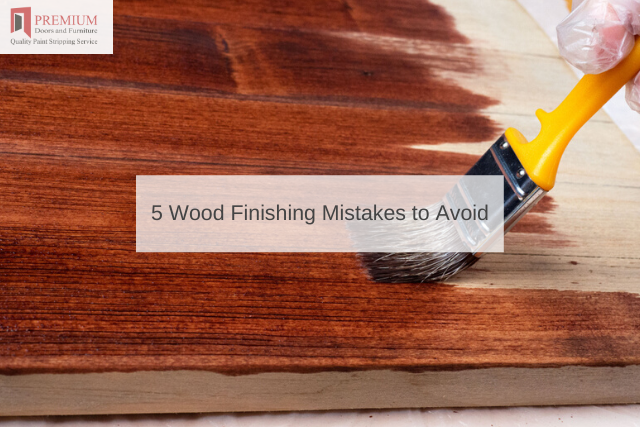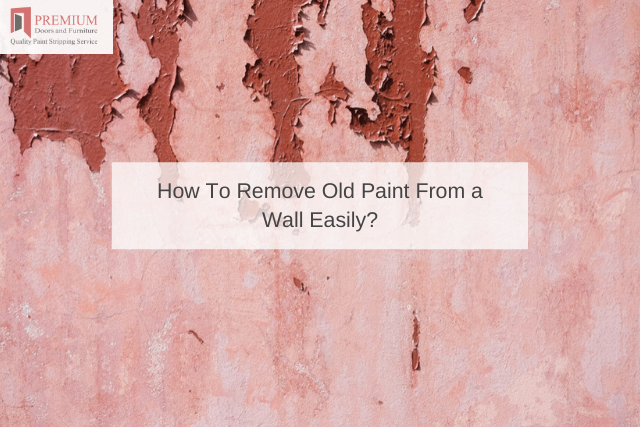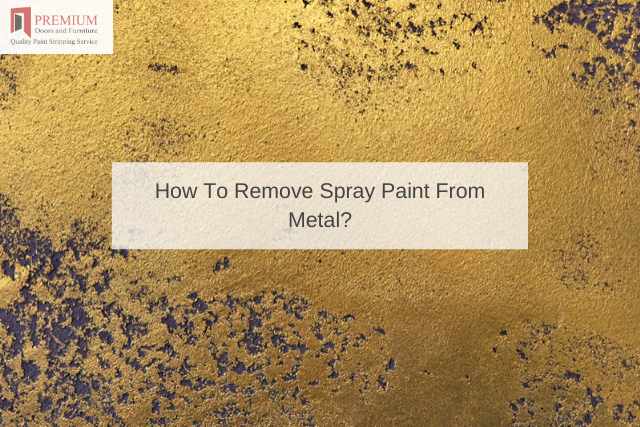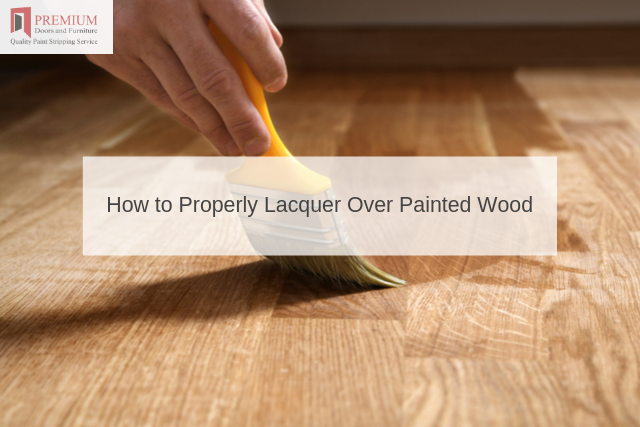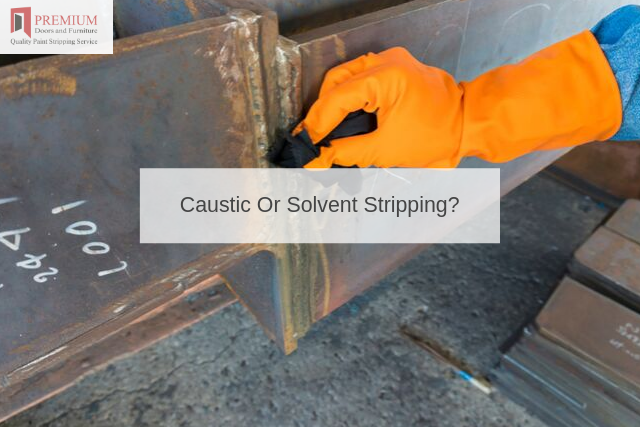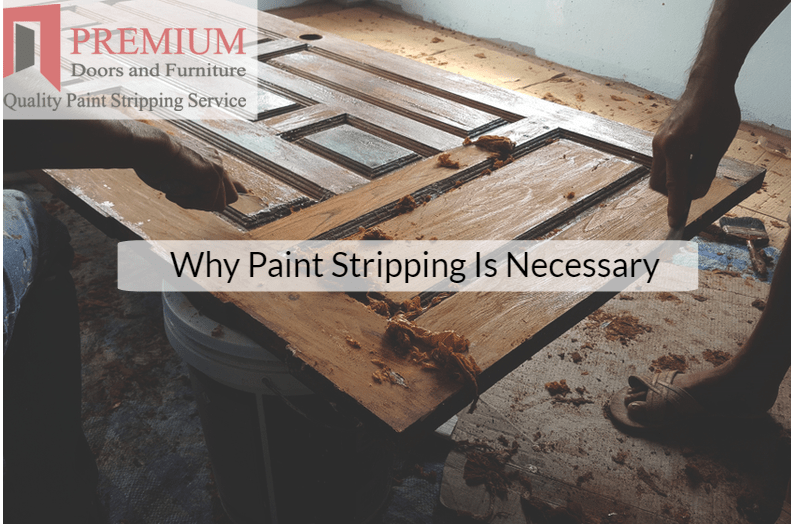
What is the Importance of Paint Stripping?
Every once in a while, you may want to give your home or office space a new look. A crucial part of a renovation is applying fresh paint on walls, probably a different colour. However, applying new paint over old paint could result in issues. This, therefore, means that stripping the original paint is also a crucial aspect of renovation.
The Benefits of Paint Stripping
Stripping paint helps to avoid issues that arise from painting over old paint, like:
- Chipping
- Peeling
- Bubbling
The Technique of Stripping Paint
In most cases, stripping paint involves the use of chemicals. Such chemicals can be harmful when breathed in or when they come into contact with the skin. Using the right technique would help to keep the negative aspects of strip painting minimal.
The first step to stripping painting is finding the right paint stripper. Different paint stripping mechanisms have varying strengths and consistencies. Lye-based paint strippers are the strongest in the market. However, for vertical surfaces, gelled strippers would work best, while for items like furniture, the pourable ones would be ideal. Getting professional help would be the wise thing to do when trying to find the best stripper for your purposes.
Once you have your appropriate stripping chemical, the next step would be to apply the stripper on the walls and other surfaces. As you continue to use the compound, you should start to see the paint bubbling. This is a clear indication that the paint stripper is efficient. Leave the surface unbothered for at least ten minutes before proceeding to the next step.
Once the ten minutes or so have elapsed, you can now proceed to scrape off the paint. A paint scraper or a putty knife would do the trick. In case there is some stubborn paint left on your surface, you can apply a fresh coat of the paint stripper then scrape it off.
Hire the Professionals
While you can strip paint from surfaces on your own, the task is not one to look forward to, and most of the time, it is more complicated than it seems. It is, therefore, wise to hire a professional firm or individual to do the work. Hiring a professional, like Premium Door Stripping, would also help you save time and in some cases, money. Premium Door Stripping offers a range of paint stripping services for furniture and doors, among other surfaces and materials at affordable costs.





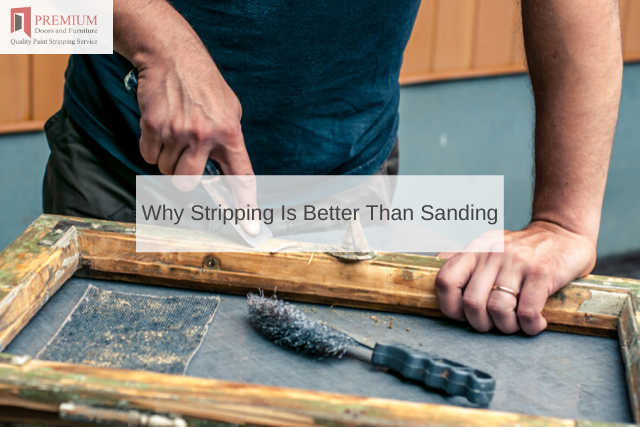 It can seem that sanding is a cleaner, quicker method of paint removal but there are pros and cons to both methods, and when they are all weighed against each other it can clearly be seen that stripping is actually the more efficient method. Let us take a look at both processes:
It can seem that sanding is a cleaner, quicker method of paint removal but there are pros and cons to both methods, and when they are all weighed against each other it can clearly be seen that stripping is actually the more efficient method. Let us take a look at both processes: